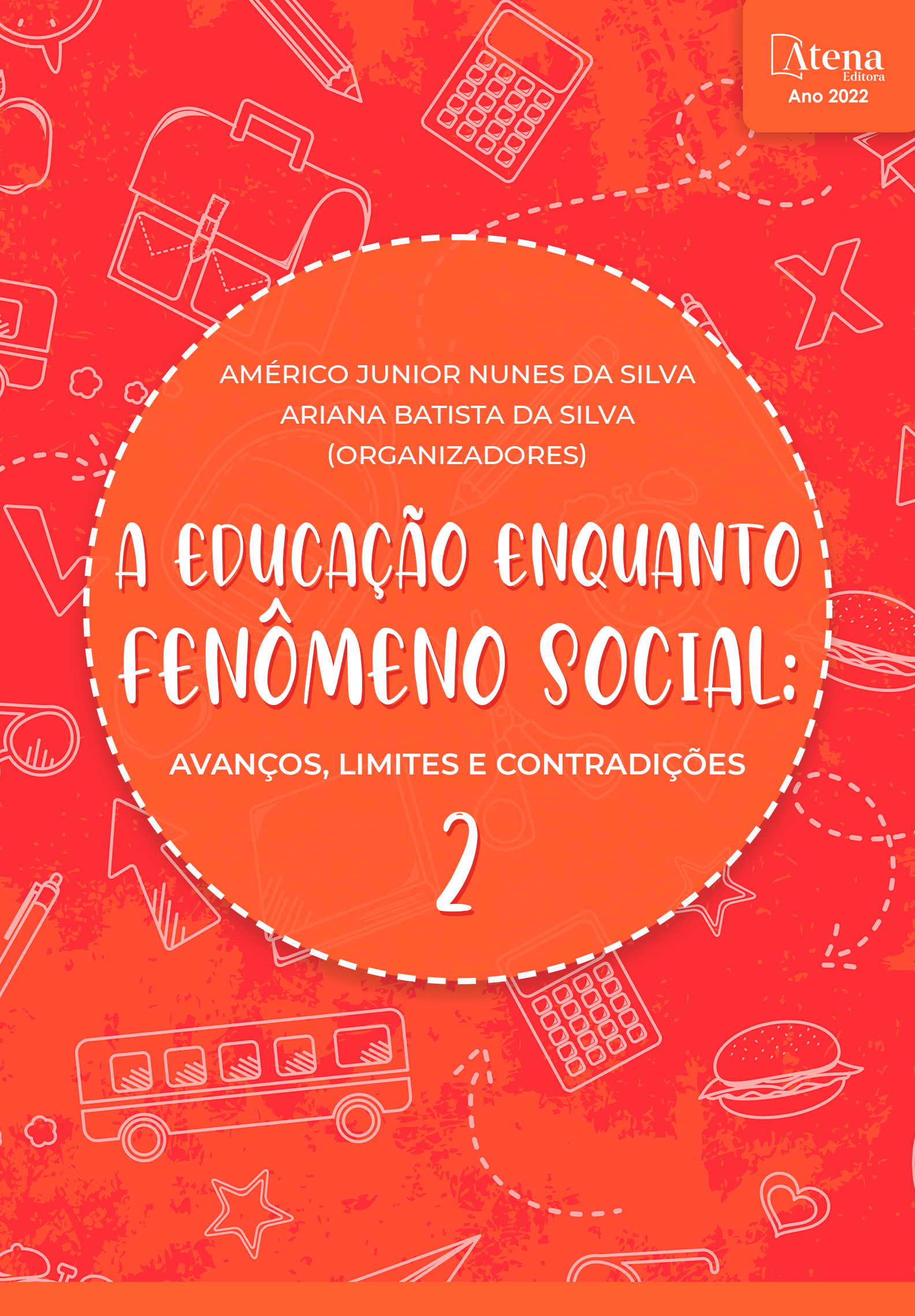
A MULTIMODALIDADE, OS MULTILETRAMENTOS E A BNCC: HÁ CAMINHOS POSSÍVEIS NO ENSINO DE INGLÊS?
A noção de língua como fenômeno heterogêneo e multissemiótico permeia nossas práticas sociais e os usos das mais variadas linguagens. Neste sentido, o ensino de língua inglesa no cenário atual requer uma abordagem que contemple a representação da multiplicidade de modos, semioses, gêneros e discursos que circulam na paisagem semiótica contemporânea. Face ao exposto, este capítulo visa investigar as concepções de ensino de leitura em língua inglesa constante na Base Nacional Comum Curricular (BNCC) dos Ensinos Fundamental e Médio, especialmente no que se refere à multimodalidade textual e aos Multiletramentos. Sabe-se que a BNCC é documento referência para elaboração dos currículos escolares e dos mais diversos materiais didáticos dispostos em nossas salas de aula. Por tal motivo, também analisamos propostas de atividades de leitura constantes em livro didático (LD) de ensino fundamental, correlacionando as noções presentes na BNCC e as práticas de linguagem refletidas no LD selecionado. Ancoramo-nos nas contribuições de Cope e Kalatanzis (2015), New London Group (1996), Unsworth ([2001]2004), Kress (2010) e Rojo e Moura (2012), a fim de analisar a perspectiva multimodal e as orientações voltadas aos Multiletramentos, ponderando como elas são consideradas na BNCC. As investigações tecidas se baseiam num viés qualitativo de verificação dos materiais, buscando uma reflexão crítica acerca das possibilidades de uma educação linguística que coadune o contexto contemporâneo plural e culturalmente diverso. Os resultados apontam para a necessidade de aprofundamento nas discussões e estudos que problematizem escola, BNCC, e materiais didáticos, refletindo acerca de dissonâncias percebidas no texto da Base e voltando-se a um currículo com foco na agência do aprendiz e com vistas a um ensino que compreenda a língua como pratica social e que, neste sentido, propicie atividades de leitura como processo constante de construção de significados e o educando como sujeito questionador e designer ativo da aprendizagem.
A MULTIMODALIDADE, OS MULTILETRAMENTOS E A BNCC: HÁ CAMINHOS POSSÍVEIS NO ENSINO DE INGLÊS?
-
DOI: 10.22533/at.ed.6052226048
-
Palavras-chave: Base Nacional Comum Curricular. Multimodalidade. Multiletramentos.
-
Keywords: National Common Curricular Base. Multimodality. Multiliteracies.
-
Abstract:
The notion of language as a heterogeneous and multisemiotic phenomenon permeates our social practices and the uses of the most varied languages. In this way, English teaching requires an approach that contemplates the representation of the multiplicity of modes, semiosis, genres and discourses that circulate in the contemporary semiotic landscape. In view of the above, this chapter aims to investigate the concepts of teaching reading in English specified on the National Common Curricular Base (BNCC) for Elementary and High Schools, especially with regard to textual multimodality and Multiliteracies. It is known that this document is a reference for the elaboration of school curricula and the most diverse teaching materials available in our classrooms. For this reason, we also analyzed proposals for reading activities described in elementary school textbooks, correlating the notions represented on BNCC and the language practices reflected in the selected textbook. We are anchored on contributions of Cope and Kalatanzis (2015), New London Group (1996), Unsworth ([2001]2004), Kress (2010) and Rojo and Moura (2012), in order to analyze the multimodal perspective and the guidelines aimed at Multiliteracies, considering how they are contemplated on BNCC. The investigations are based on a qualitative bias of verification of the materials, seeking a critical reflection on the possibilities of a linguistic education that considers the culturally diverse contemporary context. The results point to the need to deepen the studies that problematize school, BNCC, and teaching materials, reflecting about dissonances in the text of the Base. The emphasis has to be, in this way, on a school curriculum focused on the learner's agency and with a view to teaching that understand the language as a social practice and that provide reading activities as a constant process of meaning making and the student as an active designer of learning.
-
Número de páginas: 20
- Vanessa Tiburtino


